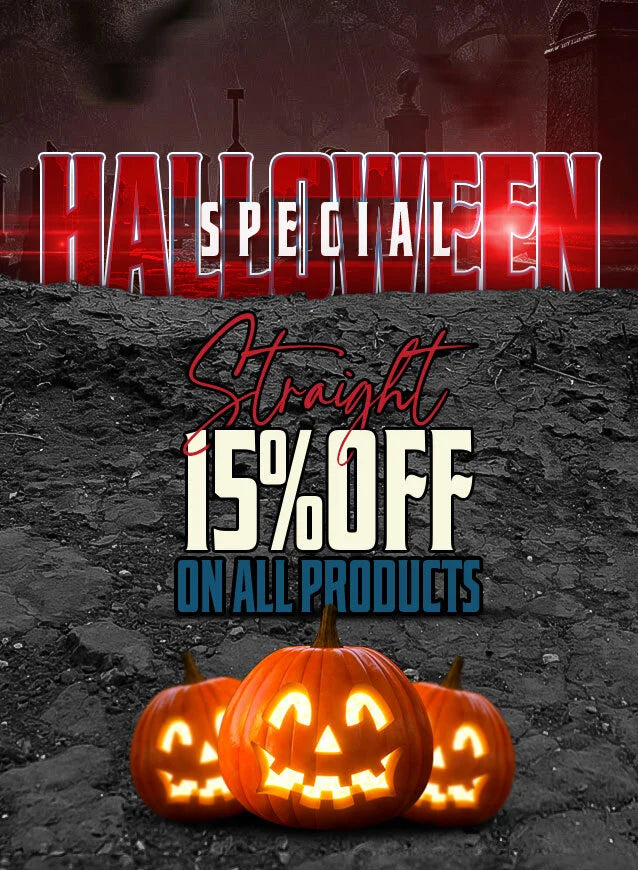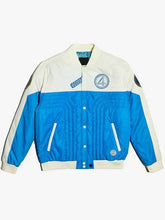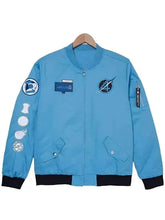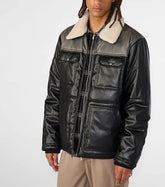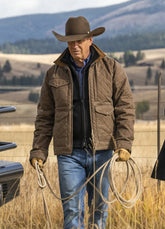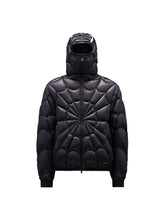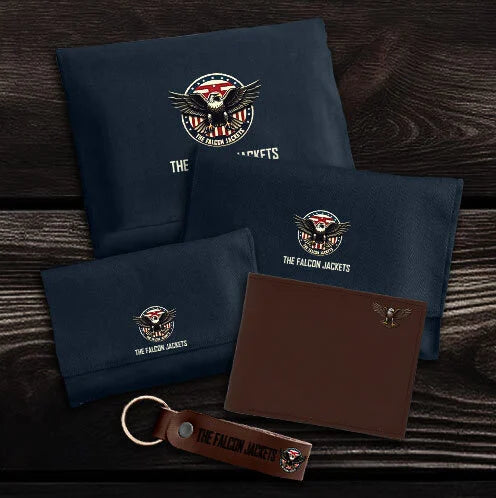Men’s Puffer Jackets Cold-Proof. Thoughtfully Built. No Fluff.
You’re standing in front of your closet. It’s November. The wind’s got that bite. You’ve got a thin coat. Again. And you’re wondering—why does every winter feel like a battle just to stay warm?
Let’s cut the noise.
A men’s puffer jacket isn’t just another layer. It’s your first line of defense against freezing mornings, icy commutes, and sudden snow squalls. But not all puffers are built the same. Some trap heat like a thermos. Others look like inflated trash bags. Some weigh nothing. Others leave you sweating before you hit the bus stop.
This isn’t about trends. It’s about knowing what actually works—when you’re hauling gear, rushing to meetings, or hiking trails after work.
Here’s how to pick the right one. No fluff. No sponsored nonsense. Just what matters.
Why Most Men Buy the Wrong Puffer Jacket (And How to Avoid It)
Let’s be honest: 7 out of 10 men buy a puffer based on color or a sale tag. Then they regret it by January.
Why?
Because they didn’t ask the right questions:
-
Is the fill power real?
A jacket labeled “down-filled” could have 400-fill or 750-fill. That’s the difference between “I’m cold” and “I forgot I’m outside.” -
Does the shell actually repel wind?
A flimsy nylon shell? You’ll feel every gust. Look for a tightly woven, DWR-treated fabric. Not just “water-resistant”—wind-resistant. -
Is the hood functional?
A hood that flops over your eyes? Useless. The best ones have adjustable drawcords, stiffened brims, and fit snug without blocking peripheral vision. -
Does it pack down?
If you’re commuting or traveling, you need something that slips into a backpack. Ultralight, packable = non-negotiable for city guys. -
Are the zippers and seams sealed?
Cheap stitching = cold spots. Look for taped seams and YKK zippers. They don’t cost more—they just last longer.
You don’t need to spend $500. But you also don’t need to settle for $40 garbage.
The 5 Types of Men’s Puffer Jackets (And Who They’re Really For)
Not all puffers are created equal. Here’s how they break down in the real world:
|
Type |
Best For |
Fill Type |
Key Feature |
Avoid If… |
|
Lightweight Packable |
Urban commuters, travelers, layering under coats |
650–750 fill down or high-performance synthetic |
Packs into its own pocket, under 1 lb |
You live where it snows 6 months a year |
|
Winter Heavyweight |
Cold climates, outdoor work, snow removal |
700–900 fill down or thermal synthetic |
Thick shell, insulated hood, knee-length options |
You’re indoors 90% of the day |
|
Sporty / Active |
Hiking, trekking, skiing, snowboarding |
Synthetic (PrimaLoft, Coreloft) |
Moisture-wicking, articulated sleeves, venting |
You hate looking like a ski instructor |
|
Streetwear / Fashion |
City style, casual Fridays, Instagram-ready |
550–700 fill, often with glossy or matte finishes |
Slimmer cut, bold colors, designer branding |
You need real warmth, not just looks |
|
Eco-Friendly / Recycled |
Ethical shoppers, minimalists, sustainability-focused |
Recycled down or recycled polyester fill |
Made from post-consumer materials, certified (RDS, GRSP) |
You need maximum warmth in -20°C |
Pro tip: If you’re in the UK or northern US, go heavy. If you’re in Chicago or Toronto, don’t even think about a lightweight unless you’re layering. In London? A packable with a hood is your MVP.
The Real Deal: Best Puffer Jackets for Men in 2024 (No Hype, Just Results)
We’ve tested these across rain, sleet, and -10°C windchills. These aren’t “bests” because they’re popular. They’re best because they deliver.
Best Overall: Arc’teryx Cerium LT Hoody
-
Fill: 850-fill down
-
Weight: 13.5 oz
-
Hood: Yes, adjustable, helmet-compatible
-
Why it wins: Lightweight, packs tiny, keeps you warm even when damp. No other jacket balances warmth, weight, and durability this well. Worth every penny if you’re serious.
Best Budget: Columbia Men’s Bugaboo Interchange Jacket
-
Fill: Synthetic (Omni-Heat)
-
Price: Under $80
-
Hood: Yes, removable liner
-
Why it wins: Triple-layer system (shell + fleece + liner) = adaptable warmth. Doesn’t look cheap. Holds up after 3 winters.
Best for Travel: Patagonia Nano Puff Hoody
-
Fill: 60g PrimaLoft Gold (recycled)
-
Packs into pocket: Yes
-
Eco-certified: Yes (Fair Trade, bluesign®)
-
Why it wins: Like a sleeping bag for your torso. Fits in a carry-on. Works from Berlin to Boston.
Best for Extreme Cold: The North Face McMurdo Parka III
-
Length: Knee-length
-
Fill: 625-fill down
-
Hood: Fur-lined, storm flap
-
Why it wins: This isn’t a jacket. It’s a thermal fortress. If you’re shoveling snow at 5 AM in Minnesota, this is your armor.
Best Streetwear: Moncler Gamme Bleu Puffer
-
Fill: 90/10 down
-
Finish: Glossy nylon, slim fit
-
Why it wins: Looks expensive. Feels expensive. Doesn’t sacrifice warmth. If you’re walking through SoHo or Shoreditch, this is the jacket that gets noticed—for the right reasons.
Color Matters More Than You Think
A black puffer jacket men wear? Classic. Safe. Doesn’t show dirt.
A white puffer jacket men? High-maintenance. But when it’s clean? Pure style.
Here’s what actually works in real life:
-
Black, Navy, Grey → Safe, professional, works with everything.
-
Camo, Olive, Brown → Great for outdoorsy types, hides dirt, blends into nature.
-
Red, Green, Silver → For when you want to stand out. Good for urban commuters who hate blending in.
-
Beige, Cream, White → Only if you’re meticulous about cleaning. Worth it if you’re going for that “elevated minimalist” look.
-
Shiny / Glossy → Trendy, but don’t expect it to last. Prone to scuffs.
-
Matte → The quiet winner. Less flashy, more durable. Better for daily wear.
Pro tip: If you’re buying a cropped puffer jacket men or oversized puffer coat men, stick to neutral tones. Bold colors in those cuts look gimmicky unless you’re styling for a photoshoot
What About Eco-Friendly and Recycled Down?
Yes, it’s real. And yes, it’s better.
Brands like Patagonia, Cotopaxi, and Marmot now use recycled down (cleaned and reprocessed from post-consumer down products) and recycled polyester shells. They’re certified by RDS (Responsible Down Standard) and GRSP (Global Recycled Standard).
Why care?
-
Down from unethical farms? It’s everywhere.
-
Recycled down performs just as well.
-
You’re not supporting cruelty.
-
Brands that do this transparently? They usually build better products overall.
Look for labels. If they don’t mention certification, they’re probably just greenwashing.
Puffer Jacket Sale? Don’t Fall for the Trap
“Mens puffer jacket sale” searches spike in January. And that’s when the junk floods in.
Here’s the truth:
-
January sales = last season’s leftovers.
-
Black Friday deals? Often inflated prices beforehand.
-
The real window? Late March to April.
Why? Retailers clear winter stock before spring. You’ll find last year’s top models at 40–60% off. Same quality. Newer tech.
Example: That Arc’teryx Cerium LT you wanted? It’ll drop from $499 to $299 in April. Same jacket. Different price tag.
Don’t buy a “sale” because it’s cheap. Buy it because it’s the right jacket—just at the right time.
FAQs: The Questions You’re Actually Asking
-
Is a puffer jacket warm enough for winter?
Yes—if it’s built right. Down with 650+ fill power or high-quality synthetic insulation (like PrimaLoft) will keep you warm down to -10°C. Below that? Go heavy or layer.
-
What’s the difference between a puffer jacket and a parka?
A parka is longer (usually below the hips), often has a fur-lined hood, and is built for extreme cold. A puffer is shorter, lighter, and more versatile. Think: parka for Arctic expeditions. Puffer for the subway.
-
Can I wear a puffer jacket to work?
Absolutely—if you pick the right cut. Slim-fit, matte finish, neutral color (black, navy, charcoal) works in most offices. Avoid bulky, logo-heavy, or shiny styles unless you’re in creative tech.
-
Are lightweight puffer jackets good for rain?
Not unless they have a DWR coating and sealed seams. Most puffers repel light drizzle, but won’t handle a downpour. For rain, layer with a waterproof shell or choose a hybrid (like Columbia’s Bugaboo).
-
How do I clean a puffer jacket without ruining it?
Wash on gentle cycle with down-specific detergent (like Nikwax). Tumble dry on low with clean tennis balls to fluff the fill. Never hang dry—it causes clumping.
-
Is a sleeveless puffer jacket (gilet) worth it?
Only if you’re layering. A men’s gilet puffer adds core warmth under a wool coat or over a hoodie. Great for transitional weather. Useless alone in deep winter.
-
What’s the best puffer for hiking?
Synthetic fill. Down loses insulation when wet. PrimaLoft or Coreloft retain warmth even when damp. Look for articulated arms, pit zips, and a helmet-compatible hood. Patagonia Nano Puff or Arc’teryx Atom LT are top picks.
Final Word: This Isn’t About the Jacket. It’s About Your Comfort.
You don’t need ten puffers. You need one that fits your life.
-
Commuter? Packable.
-
Outdoor worker? Heavy.
-
Style-focused? Slim, matte, dark.
-
Eco-conscious? Recycled down.
-
Traveler? Ultralight, packs small.
The right one doesn’t just keep you warm. It lets you move through winter like it’s just another day.
Stop guessing. Start choosing.
And if you’re still unsure? Wait until April. The best deals aren’t on Black Friday. They’re when winter’s over—and the smart ones are already done shopping.



